The Safer Recruitment Consortium published an addendum to their Guidance for a Safer Working Practices document. The addendum was written to consider the issues around remote online learning.
Tagged with policy
Islington Computing Online Safety has collated policies and templates related to remote learning.
The Education Safeguarding Service have published a Template Acceptable Use Policy (AUP) for Remote Learning. During the current Covid-19 restrictions, many schools and settings are implementing remote learning, including live streaming, as well as other forms of online communication to provide formal education and to stay in touch with learners and/or parents carers. The AUP template will enable schools and settings to clearly state their online behaviour expectations for all involved.
There is no single effective method of dealing with parents and carers who raise issues on social networking sites. However, settings can take a proactive approach to minimise such incidents rather than having to be reactive and put together a quick response to stop the spread of rumours. This guidance gives several approaches educational settings can use to deal with any problems as well as preventative approaches to help ensure that parents and carers follow the appropriate complaints procedures.
The 2019 Keeping children safe in education
Statutory final draft guidance for schools and colleges on safeguarding children and safer recruitment.
This guidance applies to all schools and is for:
headteachers, teachers and staff
governing bodies, proprietors and management committees
It sets out the legal duties you must follow to safeguard and promote the welfare of children and young people under the age of 18 in schools and colleges.
This guide highlights a practical approach for online safety for schools. It defines each of the areas you need to think about, offers an overview of what schools are currently doing regarding online safety (based on recent research) and offers a set of reflective questions for schools to ask themselves when developing their approach.

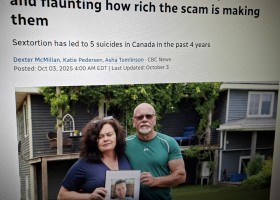

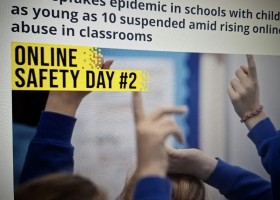
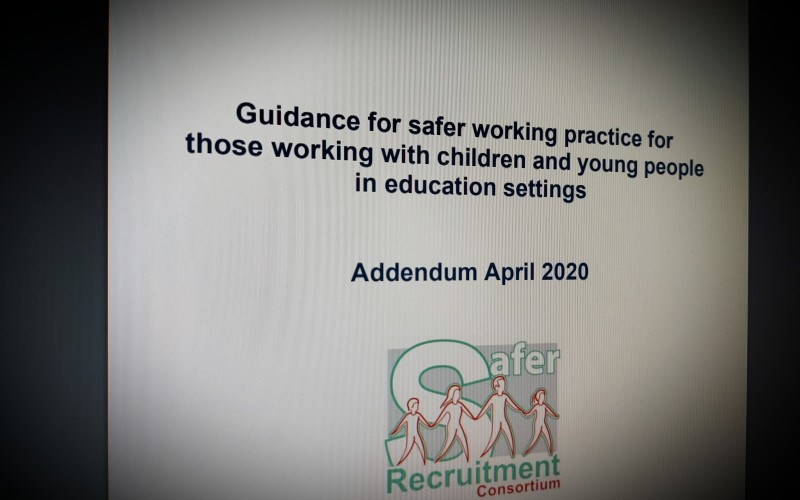
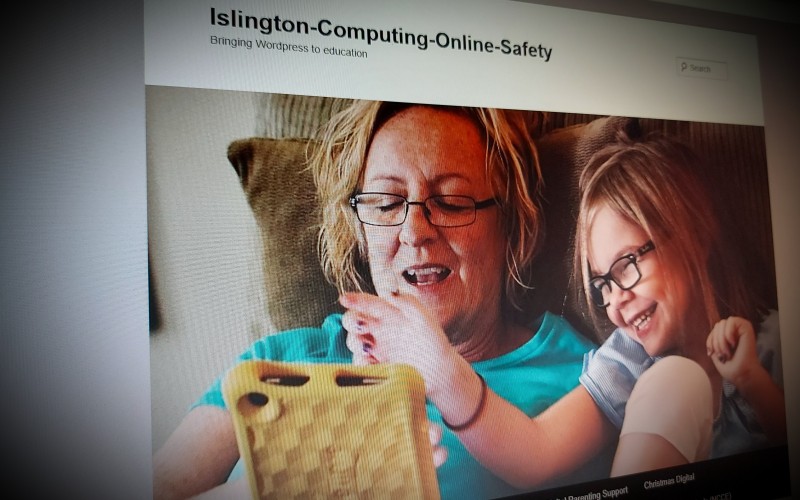
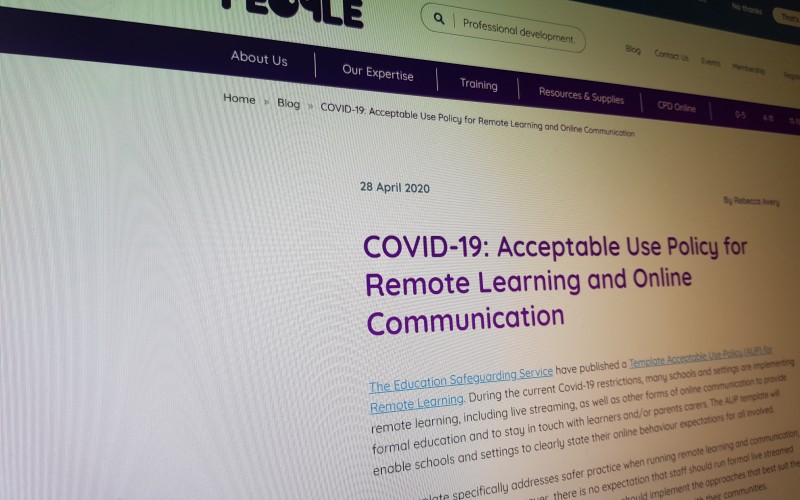
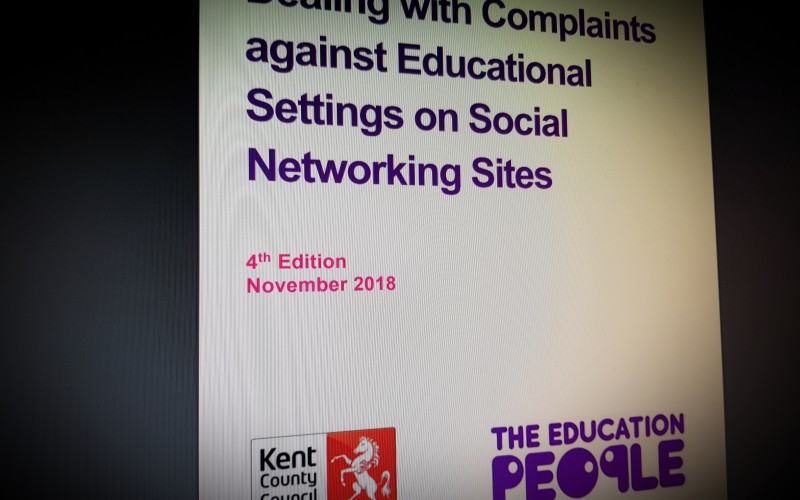
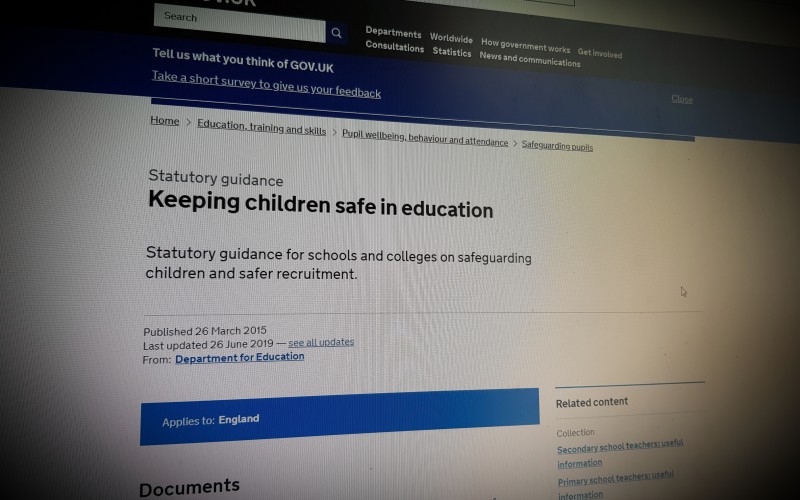
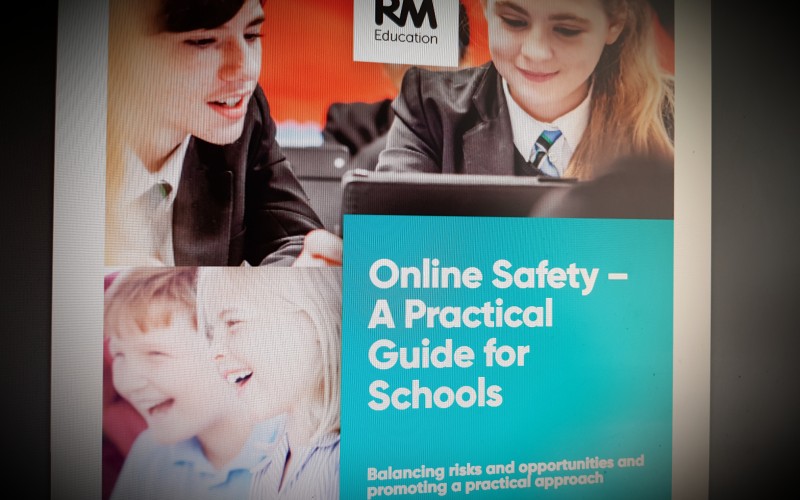
Comments
make a comment